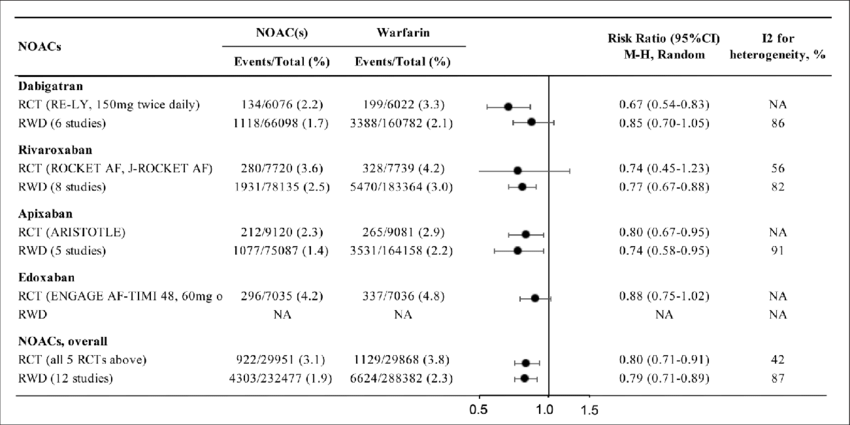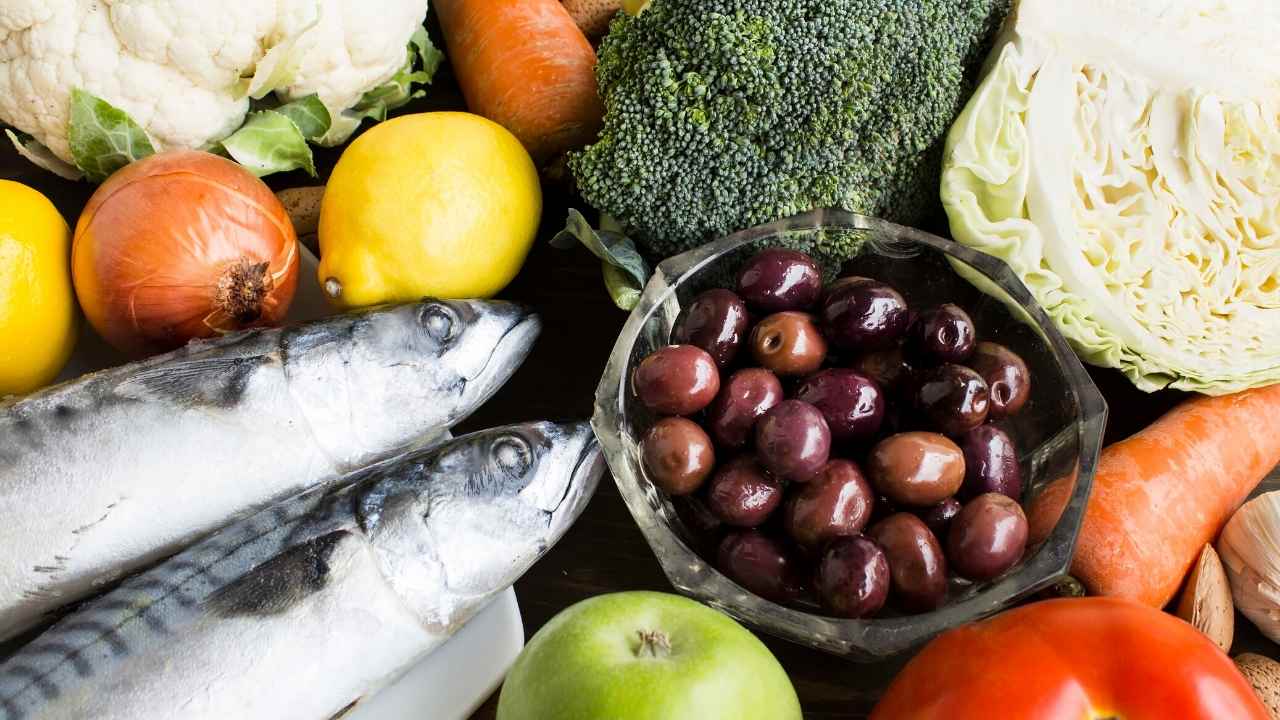
Beans and legumes are rich in fiber and protein, so eating more of them is a great way to reduce joint pain. Studies show that beans can reduce your risk of arthritis by 40%. Additionally, they are a great source of iron, zinc, and folic acid, which can all help prevent inflammation in the body. Sugary drinks such as soda and apple juice can increase your risk.
Other foods to consider adding to your diet are those that will improve your overall health. For instance, you can add garlic to stir-fry dishes to help reduce the pain. Low-fat dairy products are high in vitamin D and calcium, and can help improve joint strength. Eat lots of dark-leaf vegetables, legumes, and other foods rich in antioxidants. Broccoli, for instance, is high in sulforaphane. This compound may slow down the progression osteoarthritis.

Broccoli is another good choice for people with osteoarthritis. This cruciferous vegetable, rich in carotenoids as well as vitamin C, is a great choice for those with osteoarthritis. Researchers from the University of East Anglia, England, looked into the relationship between broccoli OA. The researchers discovered a chemical called sulforaphane that may slow down progression of the disease.
Avocados, walnuts and pine nuts are all good options. These nuts have beneficial vitamins, minerals, and can be high-calorie. Also, oily fish is a good choice because it is high-in omega-3 fatty acids. You can eat mackerel, tuna and salmon. But you should limit your consumption of these foods. Aside from nuts and avocados you should reduce your intake of high-fat dairy products like butter, cream, or icecream.
Reduce your intake of sugar and saturated fat. These foods can harm the cartilage in your knee. Avoid seafood and meat. These foods are high in fat and should be avoided. Moreover, if you want to prevent heart disease, you should limit the consumption of any type of alcohol. You should also avoid nightshade vegetables.

It can be difficult for some people to reduce their intake of inflammatory foods. However, cranberries are a great choice for people with OA. They are rich in anthocyanins which are powerful anti-inflammatory antioxidants. In addition, cranberries contain a high amount of vitamin C, which neutralizes the free radicals that damage cartilage and cause joint pain.
FAQ
How much should I weight for my height and age? BMI calculator and chart
A body mass index calculator (BMI) is the best way to find out how much weight you should lose. Healthy BMI ranges between 18.5 to 24.9. To lose weight, you should aim for a loss of 10 pounds per year. Enter your height in the BMI calculator.
This BMI chart will help you determine if your body is overweight or obese.
Supplements and herbs can improve immunity
Herbs and natural remedies can be used to boost immune function. There are many natural remedies that can boost immunity, including echinacea (oregano), ginger, ginkgo biloba and vitamin C.
These herbal remedies are not meant to replace medical treatment. Side effects may include nausea, diarrhea, stomach cramps (dizziness), headaches, dizziness and stomach cramps.
What should I eat?
You should eat lots of vegetables and fruits. They are rich in vitamins that can strengthen your immune system. Also, fruits and vegetables are rich in fiber. This makes them filling as well as helping with digestion. You should eat at least five servings per day of fruit or veg.
Drink plenty of water. Water flushes toxins from the body and gives you a full feeling between meals. Drink about eight glasses each day.
Refined grains should be replaced with whole grains. Whole grains have all their nutrients intact, including B vitamins, iron, zinc, magnesium, calcium, and protein. Some nutrients have been removed from refined grains.
Sugary drinks should be avoided. Sugary drinks have empty calories and are a major contributor to obesity. Instead, opt for water, milk, or unsweetened tea.
Avoid fast food. Fast food has very low nutritional value. Fast food may be delicious, but it will not give you the energy that you need to perform your tasks properly. Instead, stick to healthier options such salads and soups as well sandwiches and pasta.
Limit alcohol intake. Alcohol can lead to poor nutrition and empty calories. Limit the number of alcoholic beverages you consume per week to no more that two.
Reduce your consumption of red meat. Red meats contain high amounts of saturated fats and cholesterol. Choose lean cuts such as beef, pork and lamb, chicken, fish, or turkey.
What is the healthiest lifestyle to life?
Healthy lifestyles include eating healthy food, regular exercise, good sleep, and avoiding stress. This will ensure that you live a long healthy life.
Start small by changing your diet and exercising routine. Try walking for 30 minutes each day to lose weight. Swimming or dancing are great options if your goal is to become more active. You could also join an online fitness program like Fitbit or Strava that tracks your activity levels.
What's the difference between a virus & a bacterium?
A virus is a microscopic organism which cannot reproduce outside of its host cell. A bacterium (or single-celled organism) reproduces by splitting itself into two. Viruses have a very small size (about 20 nanometers), while bacteria is larger (up to one micron).
Viruses are often spread through contact of infected bodily fluids like saliva, urine or semen. Bacteria are often spread via direct contact with contaminated surfaces or objects.
Viruses can get into our bodies through cuts and scrapes on the skin, bites, and other injuries. They can also enter the body through the mouth, nose, eyes and ears, vaginal, rectum or anus.
Bacteria can enter our bodies through wounds, cuts, scrapes, burns, insect stings, or other breaks in our skin. They can also be introduced to our bodies by food, water and soil.
Viruses and bacteria both cause illness. But viruses do not have the ability to multiply within their hosts. So they only cause illnesses when they infect living cells.
Bacteria can multiply within their hosts and cause illness. They can infiltrate other parts of the body. We need antibiotics to get rid of them.
Statistics
- nutrients.[17]X Research sourceWhole grains to try include: 100% whole wheat pasta and bread, brown rice, whole grain oats, farro, millet, quinoa, and barley. (wikihow.com)
- According to the 2020 Dietary Guidelines for Americans, a balanced diet high in fruits and vegetables, lean protein, low-fat dairy and whole grains is needed for optimal energy. (mayoclinichealthsystem.org)
- WHO recommends consuming less than 5% of total energy intake for additional health benefits. (who.int)
- According to the Physical Activity Guidelines for Americans, we should strive for at least 150 minutes of moderate intensity activity each week (54Trusted Source Smoking, harmful use of drugs, and alcohol abuse can all seriously negatively affect your health. (healthline.com)
External Links
How To
What does the term "vitamins" mean?
Vitamins are organic compounds found naturally in food. Vitamins allow us to absorb nutrients from food. Vitamins cannot be made by the body; they must be taken from food.
There are two types vitamins: water soluble or fat soluble. Water-soluble vitamins dissolve quickly in water. These include vitamin C (thiamine), Vitamin B1 (riboflavin), Vitamin B2 (riboflavin), Vitamin B3 (niacin), Vitamin B6 (pyridoxine), Vitamin C, B1 (thiamine), Vitamin B2 (riboflavin), Vitamin B3 (niacin), and Vitamin B6 (pyridoxine). The liver and fatty tissues are home to fat-soluble vitamins. Examples include vitamin D, E, K, A, and beta carotene.
Vitamins can be classified according to biological activity. There are eight major groups of vitamins:
-
A – Essential for normal growth, and the maintenance of good health.
-
C - important for proper nerve function and energy production.
-
D - essential for healthy bones, teeth, and gums.
-
E - Required for good vision & reproduction
-
K - required for healthy muscles and nerves.
-
P - Vital for strong bones and teeth.
-
Q – aids digestion of iron and iron absorption
-
R - Red blood cells are made from red blood cells.
The recommended daily allowance for vitamins (RDA) varies based on gender, age, and physical conditions. The U.S. Food and Drug Administration (FDA) sets the RDA values.
For adults 19 years and over, the RDA of vitamin A is 400mg per day. Because it is essential for the development of the fetus, pregnant women should consume 600 micrograms per daily. Children ages 1-8 require 900 micrograms per day. For infants younger than one year, 700 micrograms are required daily. However, this number drops to 500 micrograms each day for children aged 9-12 months.
Children ages 1-18years who are obese need 800 micrograms per day while those who are overweight need 1000 micrograms per day and children who are underweight need 1200 micrograms per day to meet their nutritional needs.
2200 mg of vitamin A per day is required for children aged 4-8 who have been diagnosed by anemia.
2000 micrograms daily is required for adults over 50 to maintain their general health. Because of their higher nutrient needs, women who are pregnant or nursing need 3000 mg per day.
Adults over 70 require 1500 micrograms each day, since they lose around 10% of their muscle mass every decade.
Women who are pregnant or nursing need more than the RDA. Pregnant mothers need 4000 micrograms per daily during pregnancy and 2500 after giving birth. Breastfeeding mothers require 5000 micrograms daily when breast milk production is occurring.